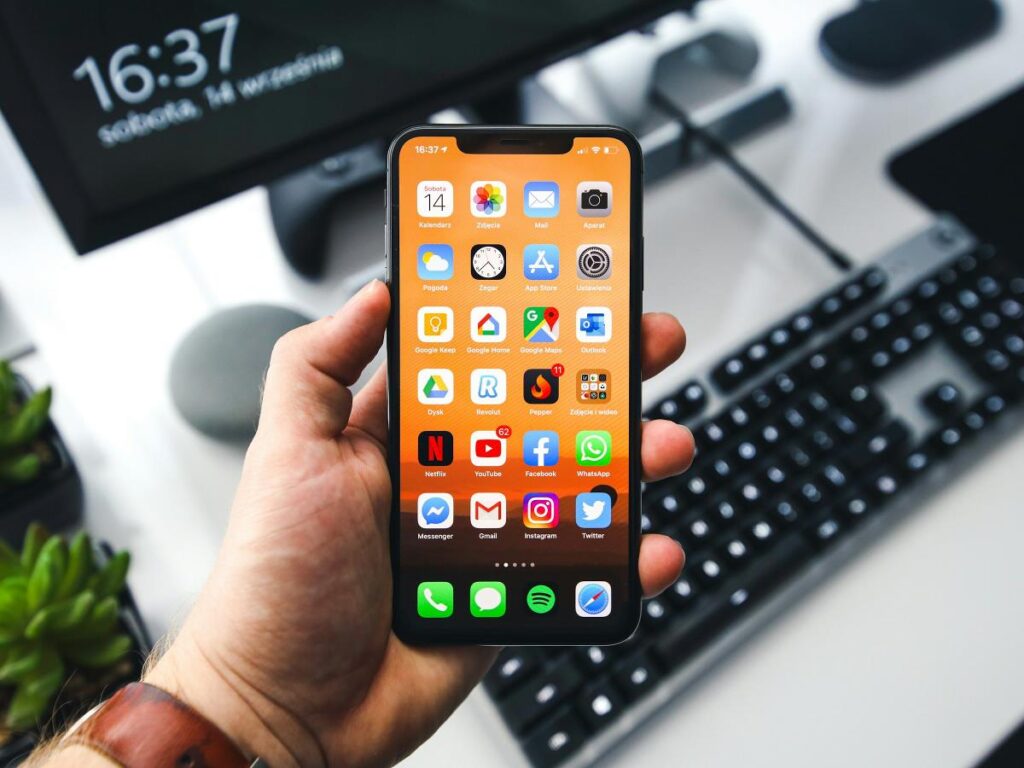In the latest iOS 17.3 update, Apple is introducing a new feature called Stolen Device Protection to safeguard devices from theft.
This adds a layer of security when your iPhone discovers itself in an unknown place.
However, some users have reported that despite this upgrade, they are still unable to access the Stolen Device Protection feature, which isn’t displayed in Settings.
Before you waste time, let’s consider what we can do to solve this problem.
What is Stolen Device Protection?
Simply put, Stolen Device Protection, available on iOS 17.3 and higher, is designed to protect against the rare scenario where someone steals your iPhone and has access to your passcode. After you have installed Stolen Device Protection on your iPhone, if someone takes your iPhone, they may want to reset your device factory and erase all data saved on the iPhone. With Stolen Device Protection, they’re only required to use one Face ID or Touch ID biometric identification when trying to modify some vital material or personal information.
Security Delays may require users to sign in with their Touch ID or Touch ID again after 1 hour if they apply for the change from a different location.
Why Is Stolen Device Protection Not Showing Up (6 Reasons)

If people are eager to take advantage of the latest Stolen Device Protection feature, they cannot see it on their iPhone 12/13/14/15 or any other model. What’s the reason you don’t see Stolen Device Protection on the screen of your iOS device? Don’t panic. This section has you protected.
The possible reasons behind Stolen Device Protection not showing in the list:
Apple still needs to support iPads. If you have an iPad, you may notice that the Stolen Device Protection function isn’t accessible in the current iPadOS operating system (iPadOS 17.3).
Incompatible iOS or iPhone or iPhone: It’s possible to use the Stolen device protection feature, now available on iOS 17.3 or higher. If the iPhone is one of the iPhone X or is now known to be, you won’t be able to upgrade to the most current version of iOS 17.3. It’s not possible to upgrade. iOS 17.3 is available only on the iPhone XR/XS model or earlier.
Biometric authentication: If you don’t see a Stolen Device Protection option on your iPhone, you may need to enable Face ID and Touch ID initially.
Stolen Device Protection has not been disabled because the settings are not correctly installed and configured.
People with disabilities Find My iPhone feature: You must enable your iPhone’s Find My feature.
Failure of software or hardware.
How to Fix iPhone Stolen Device Protection Not Showing Up
If you want to use Stolen Device Protection, make that your device is an iPhone (not one of the iPad models) iPad) and that the operating device is running iOS 17.3 or higher. If iOS 17.3 is running but there’s any Stolen Device Protection opportunity in the device, there’s something incorrect with the settings. This is how you fix it:
Your device is an iPhone XR/XS and above. You must upgrade iOS to the most recent version (iOS 17.3). To update, go to Settings, General, and Software Update.
Go to the Find My iPhone settings and enable it if it’s turned off.
Verify the Apple ID status and see if the signature is expected.
If you cannot identify the error, reset all settings by Going to Settings > General Reset or Transfer iPhone Reset > Reset All Settings.
For assistance, contact Apple Support or a third-party skillful help.
How do I switch off Stolen Device Protection on or off?
To turn on Stolen Device Protection, you must use two-factor authentication on Your Apple ID and set up or activate the following features settings on your iPhone with a passcode, Touch ID or Face ID, and Important Locations* (Location Services).
- It is also necessary to turn Find My on; you cannot turn it off while Stolen Device Protection is enabled.
- It is possible to turn off Stolen Device Protection by going to Settings.
- Navigate to Settings and then click the Face ID and Passcode tabs.
- Enter your device passcode.
- Click Stolen Device Protection and then change Stolen Device Protection either on or off.
Suppose you’d like your iPhone to enforce security measures that include more Stolen Device Protection safeguards regardless of whereabouts. In that case, you can select “Always” under Require Security Delay. By default, more security precautions are needed only when the iPhone is in different places.
What happens when you are Stolen Device Protection ensures the security of your device and your accounts.
If Stolen DeviceDevice Protection is on, specific actions will require extra security when your iPhone is out of regular locations like the office or home.
The Face ID and Touch ID biometric authentication
When using Stolen device protection, if the iPhone isn’t at a location you are familiar with, You must sign in using Face ID or Touch ID before taking any steps, such as the following:
- Passwords and passkeys can be saved on Keychain.
- Make use of payment methods that are stored by Safari (autofill)
- Turn off Lost Mode
- Remove everything material and settings.
- Apply for a new Apple Card.
- Look up the number of your Apple Card or Apple Cash virtual card number.
- You can take specific Apple Cash and Savings actions inside your Wallet (for instance, Apple Cash or Savings transfer)
- Make use of your iPhone to set up an entirely new device (for instance, Quick Start)
Will Apple Track be stolen from an opened or opened iPhone?
Apple can indeed track stolen devices when you enable this feature. Open the Find My feature on your phone, and the iPhone is open.
If the iPhone was not registered or opened and was stolen stolen, Apple services will not be able to track the stolen phone.